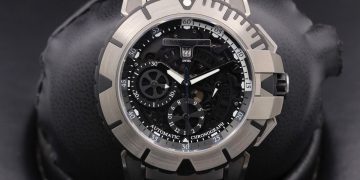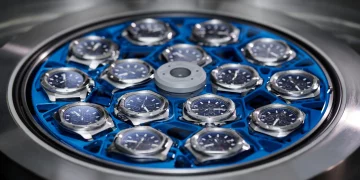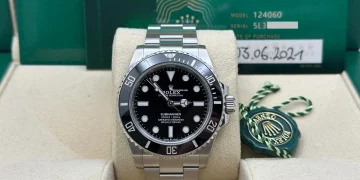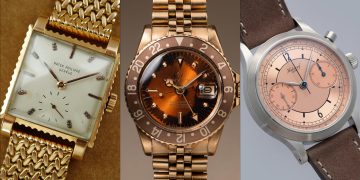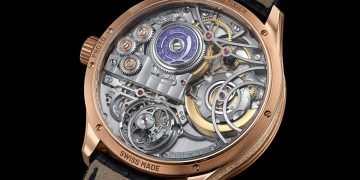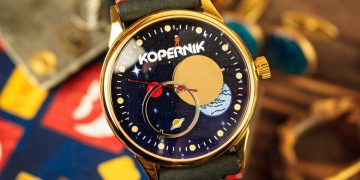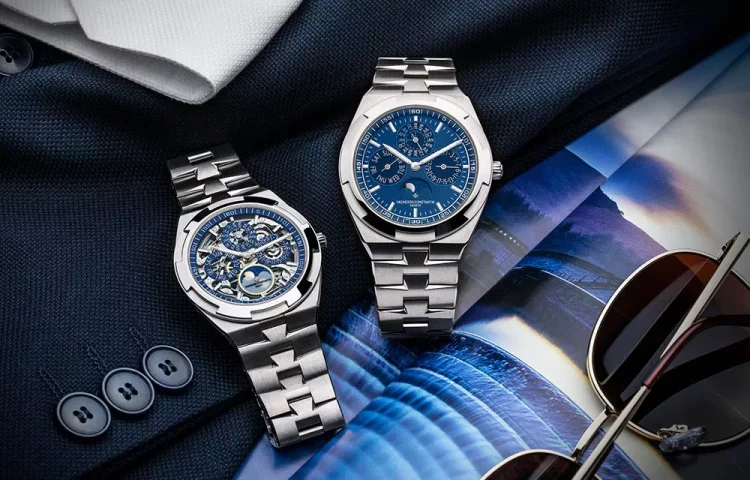In the world of fine watchmaking, the polishing process is more than just an aesthetic step—it’s an integral part of a watch’s performance, luxury appeal, and overall wearability. The precision and expertise behind the polishing of a timepiece can elevate it from a mere instrument to an artistic masterpiece. For luxury watches, this process involves much more than just creating a shiny surface—it affects the comfort, durability, and visual impact of the watch, influencing the entire wearing experience.
This article explores the critical role that polishing plays in the creation of precision timepieces. We will examine how the craftsmanship behind the polishing process enhances the watch’s appearance, feel, and resilience, making it a truly refined accessory for high-end enthusiasts.
1. The Art of Polishing: A Step Beyond Aesthetics
Polishing is not just about achieving a glossy, shiny surface. The process is deeply rooted in precision craftsmanship, and it’s this attention to detail that separates fine luxury watches from standard timepieces. High-end watch brands invest heavily in the polishing process to ensure that each timepiece has a flawless finish, one that complements the sophisticated design of the watch.
Types of Polishing Techniques
- Mirror Polishing: A technique that produces an ultra-smooth, reflective surface. Mirror polishing is often used on high points, such as the case sides or lugs, creating a sophisticated and shiny effect. This technique highlights the purity of the metal, making it gleam under light.
- Brushed or Satin Finishing: Often used on the case back or bracelet links, brushed finishes create a matte texture. This technique minimizes the appearance of scratches and is often chosen for its contemporary look.
- Geneva Stripes or Côtes de Genève: A high-end technique often applied to movements, it adds an intricate striped pattern to the metal, creating an elegant and eye-catching aesthetic. It’s a hallmark of watchmaking craftsmanship.
- Bead-Blasting: A more modern technique that creates a smooth yet slightly textured surface, offering a subtle sheen that gives watches a matte luxury appeal.
2. The Impact of Polishing on Aesthetic Appeal
The most immediate effect of polishing on a watch is its visual appeal. Luxury watches often feature a mix of polished and brushed finishes that contrast and highlight specific parts of the watch’s case, dial, or bracelet. This blend of textures contributes to the elegance and complexity of the design.
Creating Light Play and Depth
A polished surface doesn’t just create a shiny look—it enhances the play of light on the watch’s surfaces. Fine details, such as polished edges on the case, can reflect light in various ways, emphasizing the shape and design of the watch. The transitions between brushed and polished sections add a sense of depth and contrast, ensuring that the watch is visually striking from any angle.
Enhancing the Finishing Touches
The precision involved in polishing means that even the smallest parts of the watch receive attention, such as the crown, pushers, or lugs. Every part of the watch must be polished with care to create a cohesive design. This meticulous work reflects the watchmaker’s commitment to quality and attention to detail.
3. Polishing and Comfort: How It Affects the Wearing Experience
While the aesthetic appeal is the first thing that catches the eye, the polishing process also plays a vital role in the comfort and ergonomics of the watch. Precision polishing helps to smooth out sharp edges and uncomfortable surfaces, ensuring that the watch sits comfortably on the wrist.
Smoothing the Edges and Curves
Polishing the edges of the case and bracelet links is essential for creating a smooth feel when the watch is worn. Without proper polishing, sharp edges or rough textures could irritate the skin, making the watch uncomfortable to wear for extended periods. Polishing not only softens these edges but also enhances the ergonomic fit, allowing the watch to mold naturally to the wrist.
Comfort in Wear
A well-polished bracelet or strap can feel much smoother and less abrasive against the skin. This is especially important for watches with metal bracelets or integrated designs that are worn all day. Proper polishing ensures that there are no rough spots that might dig into the skin or cause discomfort.
4. Durability and Scratch Resistance: How Polishing Enhances Longevity
While polishing is often associated with improving aesthetics, it can also enhance a watch’s durability. The polishing process can involve the application of protective coatings and scratch-resistant finishes that help preserve the watch’s beauty over time.
Scratch Resistance
High-quality polishing techniques help to smooth out imperfections and create a surface that resists scratches and abrasions. However, there is a trade-off. Highly polished surfaces, particularly mirror-polished areas, can show scratches more easily than matte finishes. This is why many luxury watchmakers carefully balance between high-polish surfaces and more durable brushed or satin finishes, ensuring that the watch maintains its visual appeal while being resistant to everyday wear.
Preventing Corrosion and Wear
The careful polishing of the watch case and bracelet can also provide protection against corrosion. The process creates a smooth, even layer on the watch’s surface, which can help seal out moisture and prevent rust or oxidation, particularly for metals like stainless steel and gold. Watches that are exposed to harsh conditions, such as diving watches, benefit from this added layer of protection, as it contributes to the watch’s overall resilience.
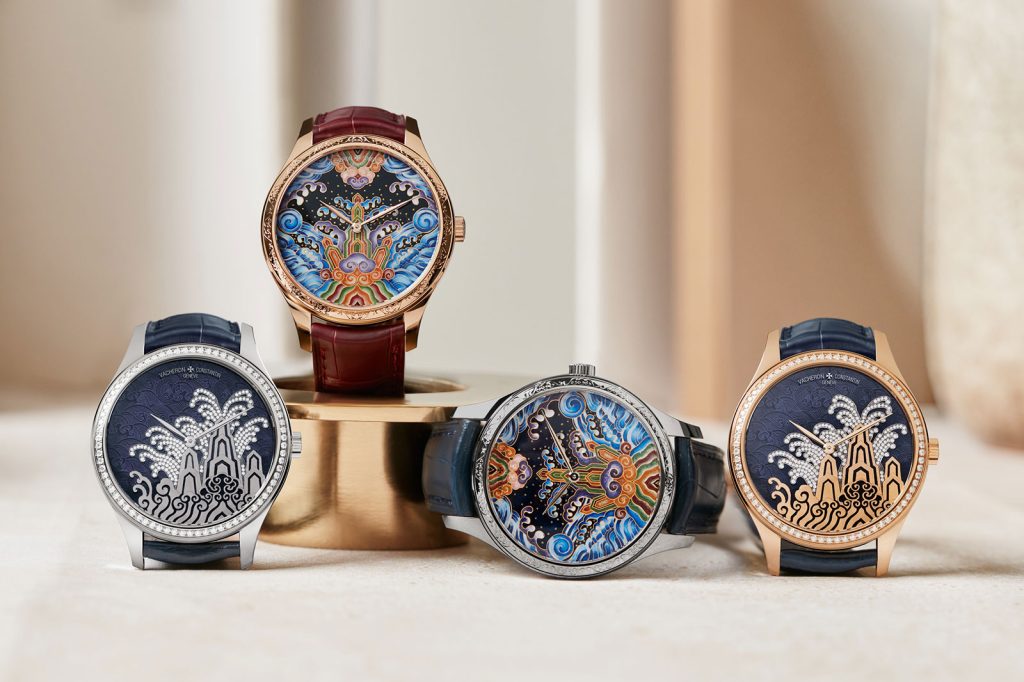
5. The Watchmaker’s Expertise: Craftsmanship and Precision in Every Detail
The polishing of a precision watch is often done by skilled artisans who have honed their craft over many years. The expertise required to polish a watch with precision involves much more than just buffing the surface—watchmakers must have an acute understanding of materials, design, and ergonomics to ensure that every step of the process is completed to the highest standards.
Time-Intensive Craft
Polishing a luxury timepiece isn’t a quick task. It requires careful, methodical work, often with the watchmaker manually polishing each part, testing for smoothness and consistency along the way. This process ensures that every watch that leaves the workshop has been polished to perfection.
Tools and Techniques
Modern polishing tools, including rotary polishers and micro-abrasive tools, are often used in the process, but these must be handled with great care to avoid damaging the watch. The expertise involved in selecting the correct polishing technique for each part of the watch—whether it be a fine brushed finish on the bracelet or a high-gloss mirror polish on the bezel—is what separates the luxury experience from mass-produced watches.
6. The Psychological Impact: A Watch That Feels Special
Wearing a high-end, precisely polished timepiece goes beyond just a functional experience—it taps into the emotional appeal of owning something truly special. The visual appeal, smooth feel, and luxurious finish all contribute to the overall sense of satisfaction that comes with wearing a luxury watch.
Confidence and Pride
A beautifully polished watch not only tells the time but also reflects your style and personality. The polishing process elevates the watch into an object of prestige—a status symbol that can make the wearer feel confident and proud. The aesthetic beauty of a perfectly polished watch creates a feeling of exclusivity and craftsmanship, which adds to the emotional connection with the timepiece.
Emotional Bond
Wearing a finely polished watch creates a sense of specialness—knowing that it was crafted with skill and precision, with every detail attended to. Over time, this bond between the wearer and the watch deepens, turning the watch into not just a tool for telling time but a symbol of personal taste, craftsmanship, and lasting value.
Conclusion: Polishing – The Essential Element of Fine Watchmaking
In the realm of precision watches, polishing is much more than a superficial step. It is an art form that elevates the watch’s aesthetic, enhances its comfort, improves its durability, and reinforces its luxury appeal. From the mirror-polished surfaces to the brushed finishes and intricate details, every aspect of polishing serves to create a timepiece that offers an exceptional wearing experience.
A finely polished watch is not only a reflection of its maker’s skill but also an expression of personal style, combining functional beauty with lasting value. Whether you’re looking for a watch that feels smooth on the wrist, resistant to wear, or one that catches the light in mesmerizing ways, the polishing process plays an essential role in ensuring that your timepiece is not only a technical marvel but also a luxurious accessory designed to be worn and admired for years to come.



